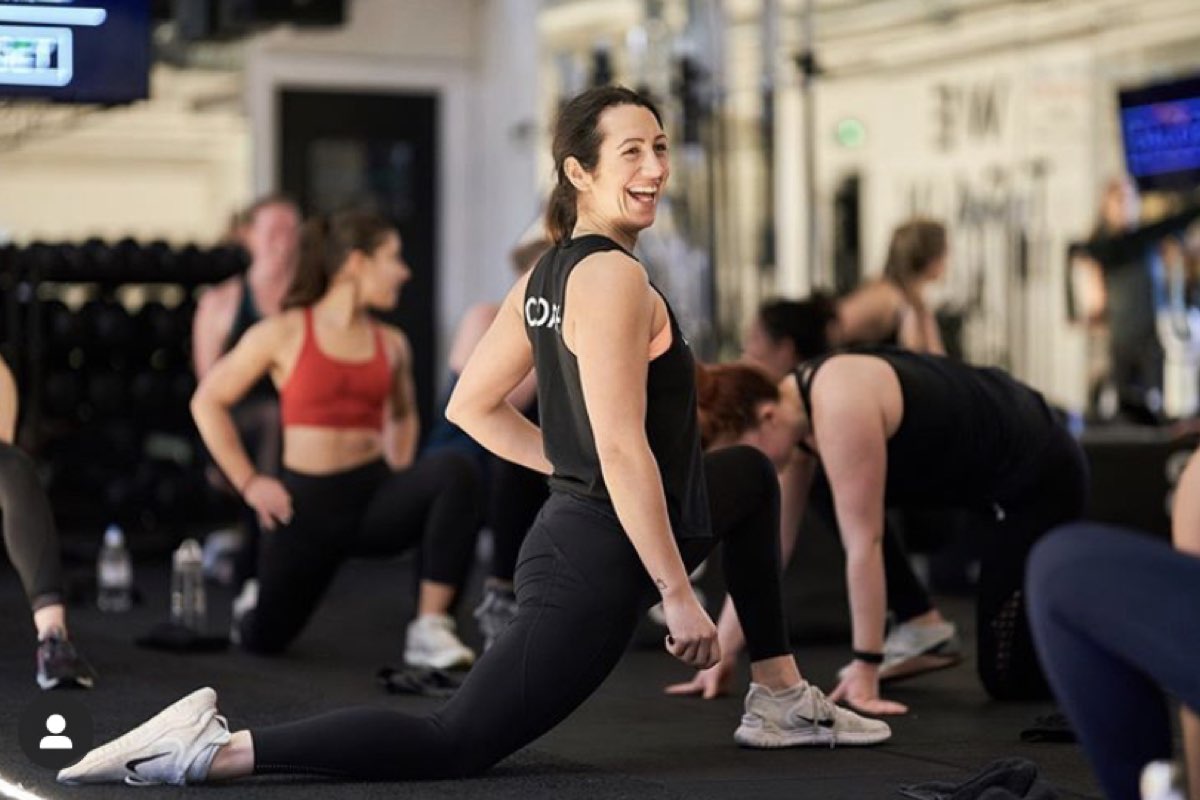Rest days are an essential part of an effective training routine. But should we spend our time off from the gym on the couch or keep our bodies moving? We asked Gee Robson, head coach at UN1T London Bridge, to explain the difference between passive rest and active recovery…
What’s the difference between rest and active recovery?
What is active recovery?
Adding active recovery into your training is like taking a short nap in your day! It falls halfway between a rest day and a workout. It is a low-intensity form of exercise that promotes blood flow to the muscles, which speeds up recovery but doesn’t add extra stress to the body.
Why are the benefits?
It helps reduce inflammation in the body, improves mobility and increases blood flow to the muscles speeding up repair. It can also have a positive effect on things like nutritional choices, which can often be stumbling blocks on ‘non-training’ days when typically people do less and eat more.

What are the best forms of active recovery?
Anything that elevates the heart rate but doesn’t put extra stress on the joints and muscles. Walking, cycling, swimming or a light jog are all very beneficial on days when you might usually put your feet up. A yoga session or myofascial release with a foam roller are also great options for mobilising the body.
What is a rest day?
A rest day, also known as passive recovery, is a day spent completely at rest, with no physical activity at all.
What are the benefits?
If you are nursing an injury or in pain, or you’re suffering from something like a cold or flu a rest day can be a real help. The body needs to use all of its energy to heal and if you are using some of that energy to train or even in active recovery it will slow down the healing process.

How do we incorporate active recovery/rest days into our training?
Active recovery certainly has more physical benefits, however, a rest day can often do wonders for our mental health, and certainly, for anyone carrying an injury, it is crucial. If you are someone who trains frequently, 4-5 times a week, I would recommend at least 1 or 2 days of active recovery where you might have usually taken a more traditional rest day. See how this affects your overall performance and recovery.
Someone training less, say 2-3 times a week, but at a relatively high intensity could definitely include 2 days a week of active recovery which might see their overall fitness increase and in turn give them the ability to train more as they get fitter.
Main image: Shutterstock
Get your weekly DOSE fix here: SIGN UP FOR OUR NEWSLETTER
















